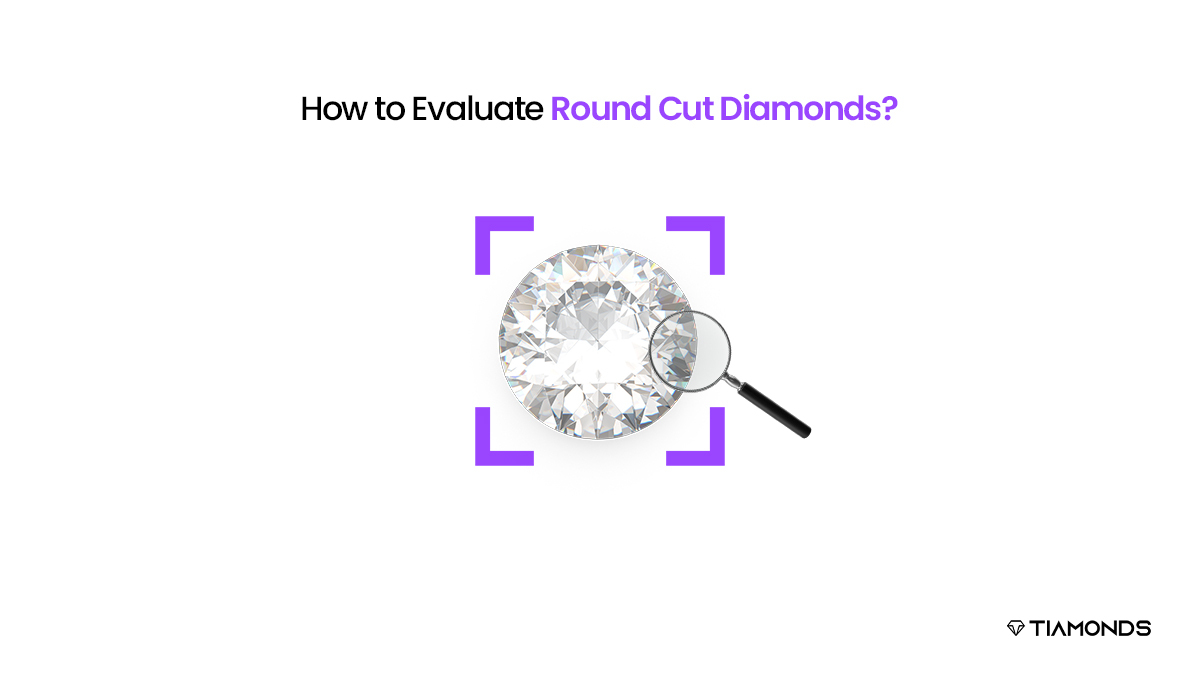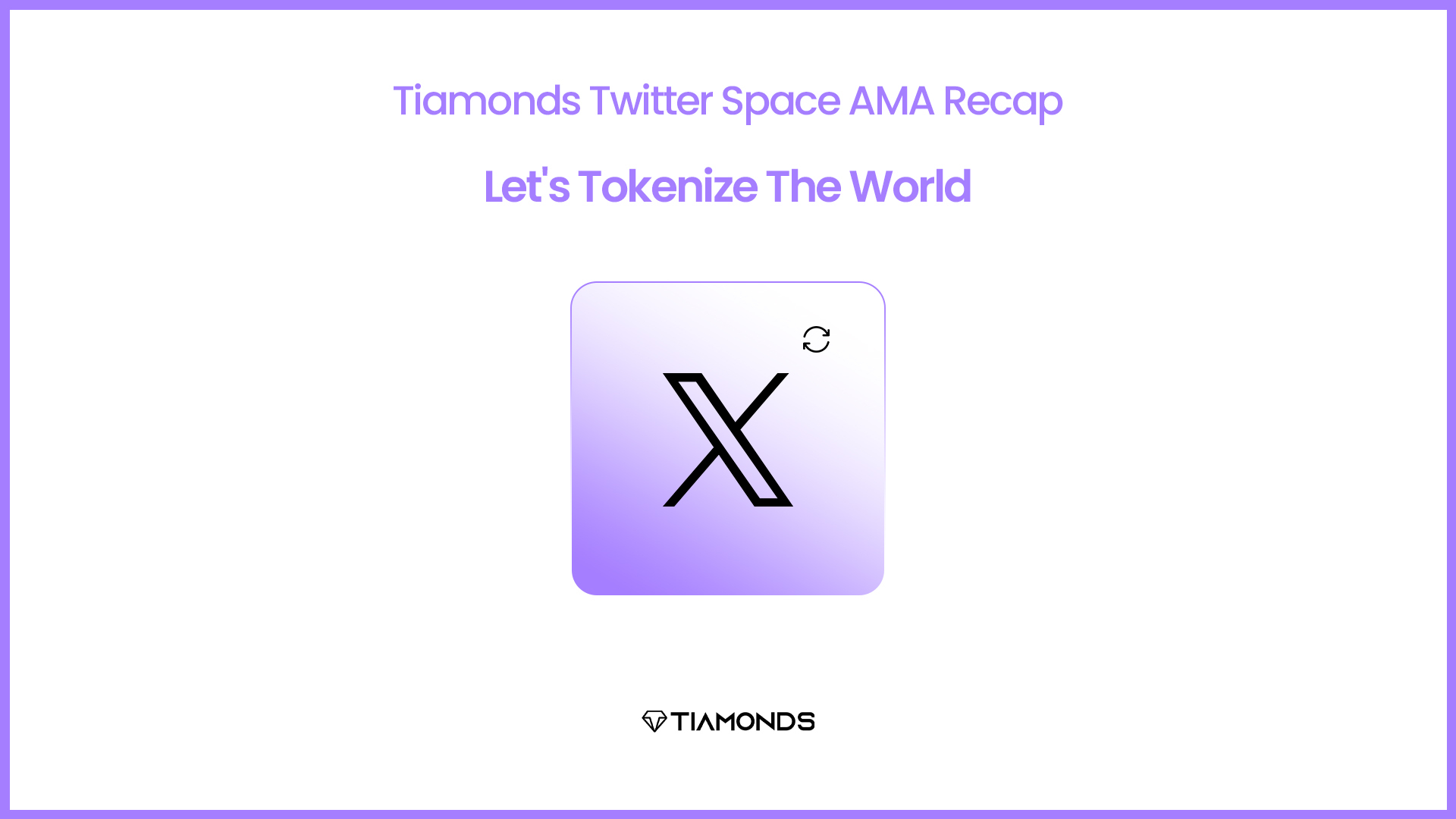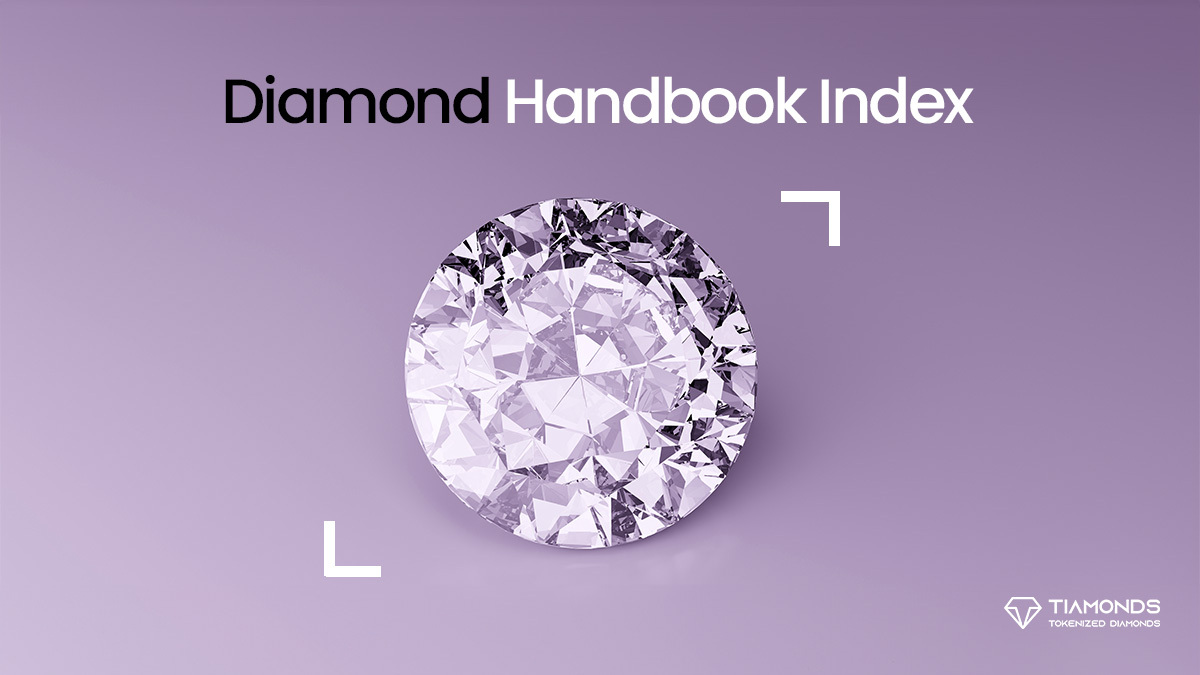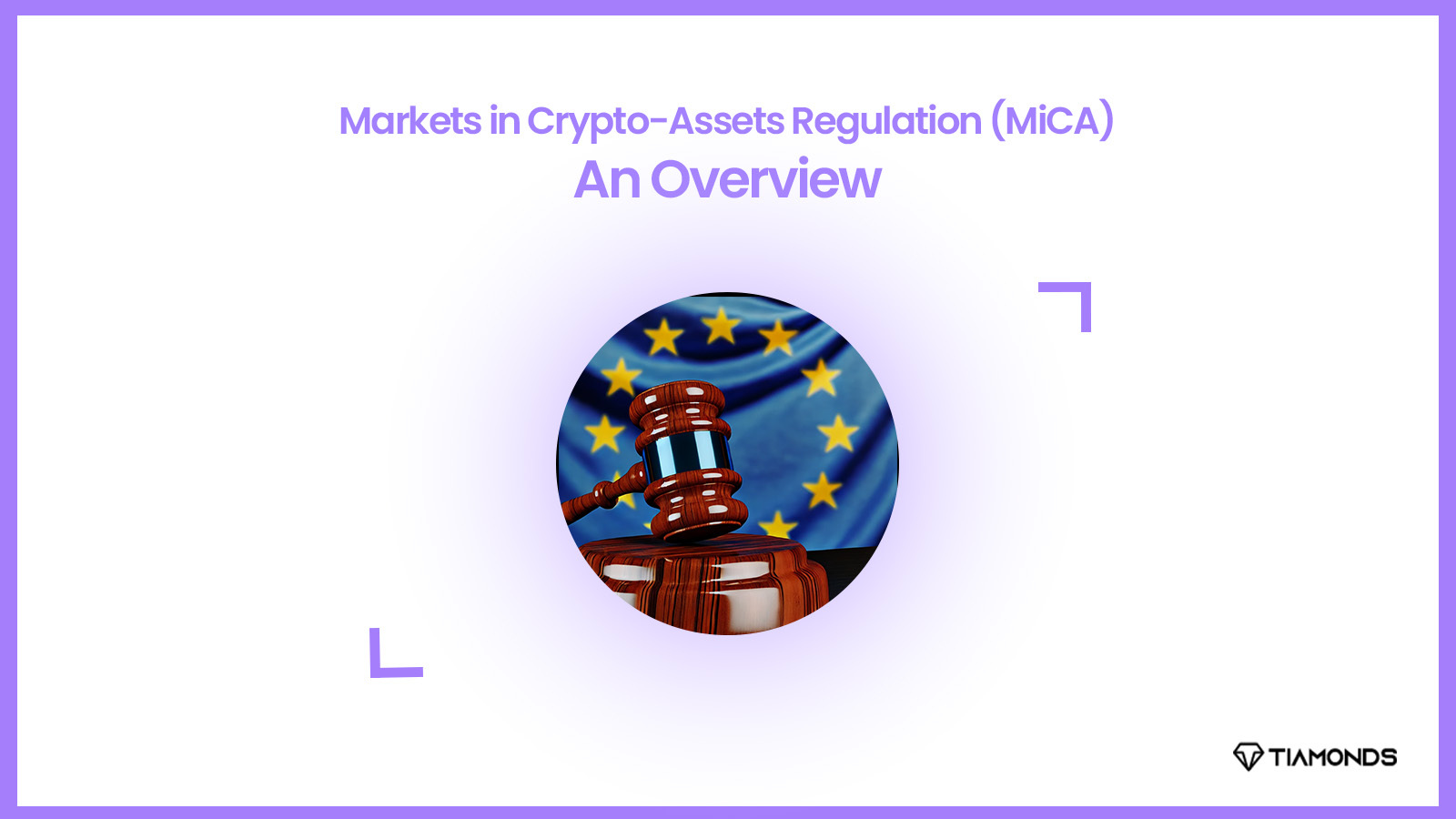Historically, round-cut diamonds were the first and most popular diamonds presented as a symbol of devotion. They have a traditional, uniform, and consistent design with 58 facets, which gives them a brilliant cut. Furthermore, the faceting of round diamonds enhances the appearance of color and inclusions compared to other decorative shapes. Buyers find it hard to overlook a round diamond engagement ring, as over 50% of all diamonds purchased are round cuts due to their adoration.
What is a Round Cut Diamond?
Round cut diamonds are common and timeless. They are a classic alternative for an engagement ring and a mainstay of all jewellery styles.
For centuries, people have prized round diamonds for their attractiveness. Recently, technology has been developed to achieve the optimum dimensions and alignment essential for such diamonds. Roughly spherical diamonds from the second half of the nineteenth century were referred to as Old European Cuts or Old Mine Cuts before the development of the required technology.
Experts established the precise proportions for a round-cut diamond around the turn of the twentieth century.
In 1914, the Polish engineer Marcel Tolkowsky published a work containing proportions and angles that, according to him, would maximize the attractiveness of a facetted diamond. The proportions currently recognized for round, brilliant cuts arose from this starting point.
During the succeeding decades, technological advancements allowed cutters to refine the dimensions and angles of the optimum light return. With its 58 precisely placed facets—33 on the crown of the diamond and 25 on the pavilion—the cone-shaped cut maximizes light reflection and creates a brilliantly sparkling diamond by funneling light through the summit. The present-day version of round cut diamonds was eventually achieved in the early 1940s, and the rest, as they say, is history.
Advantages of Buying Round Cut Diamonds
- It is a timeless form that flatters all hand types and won’t ever go out of style.
- The most brilliant of all diamond cuts provides the highest light return and the greatest brilliance.
- Diamonds with a round brilliant cut are widely available in a variety of carat weights, sizes, and grading combinations, so the options are endless.
- A round brilliant, among the most versatile diamond cuts, is suitable for any ring setting design or metal type.
Evaluating a Round Cut Diamond: the 4Cs
Cut
The cut is one of the most dazzling design features and crucial grading factors of a round brilliant cut diamond. The standard of a diamond’s illuminating performance has a significant impact on its brilliance, which is ultimately what makes it so distinctive and desirable. This grade indicates how proportionate and aesthetically appealing a diamond is, and thus how well it will reflect light and offer brilliance.
On a rating system ranging from excellent to poor, the GIA ranks round brilliant-cut diamonds. But it’s important to bear in mind that while the GIA cut grade is essential, it is not the only factor to take into account when it comes to cut. Approximately 55 percent of GIA-certified round diamonds have excellent facets. This indicates that there is plenty of variation within that grade, ranging from exceptional to average based on other characteristics.
Color
When it comes to color, round brilliant-cut diamonds offer a fantastic situation. Round cut diamonds have the ability to conceal color due to their numerous inclusions and high level of brilliance from reflecting light. On a scale ranging from D to Z, where D is colorless or white and Z is a readily discernible brown or yellow tint, a GIA analysis will state the degree of tint or color discernible within a diamond.
Despite the fact that round brilliant cuts are excellent at concealing color, an individual should be diligent in determining the degree of color in any diamond they’re considering. When observing a diamond on its own, the eye has great difficulty distinguishing color. And when comparing two adjacent color classes side by side, it is unlikely that a color difference is discernible.
Clarity
It is crucial to determine if the diamond is eye-clean beyond the clarity grade stated on the certificate. To qualify as eye-clean, a diamond must be devoid of inclusions, blemishes, and dark blotches when viewed without magnification. A VVS2 diamond and a VS1 diamond will often appear identical to the unaided eye when compared side by side. All other categories are identical in appearance and absence of inclusions; however, the VVS2 will be considerably more expensive than the others.
On a scale ranging from flawless to inclusions, there are eleven possible clarity classifications for diamonds. It is essential to keep in mind that even flawless diamonds contain inclusions and imperfections. As a result, ensuring that the diamond is flawless to the naked eye and inspecting it for flaws will produce a high-quality stone.
Carat
The carat is a typical unit of weight measurement for diamonds. When buying a diamond, the buyer will pay a predetermined price per carat. And whenever they attain a full-carat number, such as 1, 2, 3, 4, etc., the price will increase significantly.
A significant advantage of round cut diamonds is that they can be readily available, and their carat weight is essentially unrestricted. As the carat weight increases, there will be fewer options available for diamonds weighing greater than three carats. If an individual is looking for a round brilliant-cut diamond, however, they will have an abundance of options for carat weight.
If someone is searching for an ageless diamond cut with extraterrestrial brilliance, the round brilliant-cut diamond is the best option.
Tiamonds: Tokenized Diamonds
Tiamonds represent the ownership rights of real-world diamonds. People have long recognized the beauty of diamonds as gemstones due to their status as the hardest material on Earth. Each Tiamond holder will be rewarded with $TIA Tokens. Tiamonds. The Tiamonds project includes two key elements: Tokenized Diamonds called Tiamonds and a deflationary cryptocurrency called TIA Token.
Tiamonds just launched their newest collection of 10 mesmerizing diamonds!
Buy Now: tiamonds.com/market




